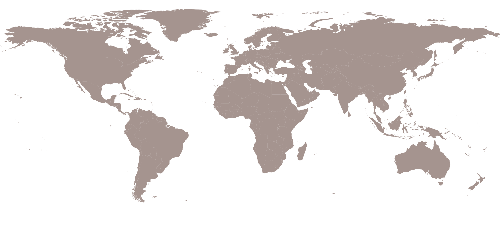Kaiser Borsari Hall Opens at WWU Showcasing Zero Carbon Design
Holcim Foundation Award-winning building leads the way in sustainable construction and academic infrastructure
Kaiser Borsari Hall Opens at WWU Showcasing Zero Carbon Design
-
3 / 9
Kaiser Borsari Hall - Project Update, April 2025
Kaiser Borsari Hall features highlight the program and its functionality while providing moments of delight and delicacy, including the multicultural lounge situated in the southwest corner lantern, the lobby revealed below the lifted building mass, the irresistible stairs clad in glass with views to the campus, and the arboretum celebrating its biophilic site context. Photo © Kevin Scott.
Last updated: April 09, 2025 Bellingham, WA, USA
Designed by Perkins&Will, Kaiser Borsari Hall is a 5,000-square-meter facility that serves as a hub for electrical engineering, computer science, and energy science programs. The building is distinguished by its mass timber structure and is on track to achieve Net Zero Carbon and Net Zero Energy certifications through the International Living Future Institute (ILFI). These certifications underscore the university’s commitment to environmental stewardship and its vision to become the Pacific Northwest’s first carbon-neutral campus.
Carbon Reduction in Construction and Operation
The use of mass timber has led to a 63% reduction in embodied carbon compared to traditional construction methods. The building is designed to achieve a 100% reduction in operational carbon, contributing to the university’s sustainability goals.
Staying Agile: Embracing Flexibility During the Construction Phase
Throughout the construction process, the project team encountered and addressed several challenges. When the funding for the planned on-site battery energy storage system was impacted by a donor’s withdrawal, the team developed a resiliency plan and installed infrastructure to accommodate future system integration.
Aligning mechanical, electrical, and plumbing (MEP) installations with the swift erection of mass timber required adjustments. The team revised the construction sequence and selected products that facilitated a wet installation process so that installations could proceed concurrently with the building’s rapid assembly, ensuring efficient coordination and maintaining the project’s timeline.
To mitigate challenges posed by installing mass timber during the wet season, protective measures were adopted. These included applying SIGA Wetguard®, a self-adhesive membrane specifically designed to protect Cross-Laminated Timber (CLT) surfaces from moisture during transportation, assembly, and the construction phase. Wood splices were substituted with metal connectors to prevent moisture ingress.
The project also transformed previously shelled spaces into functional areas and reinstated the full site scope. These enhancements were achieved without compromising the project’s sustainability objectives.
Enhancing Sustainability: Performance Insights and Key Lessons
Kaiser Borsari Hall was designed to achieve an 87% reduction in embodied carbon and complete elimination of operational carbon emissions. While the building has recently become operational, ongoing monitoring will provide data to confirm these environmental benefits.
The design of the university building incorporates biophilic elements, such as mass timber construction and strategically framed views of the adjacent arboretum. These features aim to enhance the well-being of students and faculty by fostering a connection with nature. As the building becomes an integral part of campus life, assessments will be conducted to evaluate its social impact.
Although operational data collection has just begun, the project anticipates significant economic benefits, including reduced energy costs and operational efficiencies. Detailed analyses will be available as data is gathered over time.
Enhancing Sustainability: Performance Insights and Key Lessons
Kaiser Borsari Hall was designed to achieve an 87% reduction in embodied carbon and complete elimination of operational carbon emissions. While the building has recently become operational, ongoing monitoring will provide data to confirm these environmental benefits.
The design of the university building incorporates biophilic elements, such as mass timber construction and strategically framed views of the adjacent arboretum. These features aim to enhance the well-being of students and faculty by fostering a connection with nature. As the building becomes an integral part of campus life, assessments will be conducted to evaluate its social impact.
Although operational data collection has just begun, the project anticipates significant economic benefits, including reduced energy costs and operational efficiencies. Detailed analyses will be available as data is gathered over time.
Achieving Zero Carbon and Zero Energy certifications through ILFI, utilizing mass timber, and disconnecting from the central steam plant have proven so effective that WWU is considering adopting these strategies as standards for future campus projects. The university is also exploring the electrification of its entire steam system to comply with state requirements. Additionally, the use of the Green Badger software by contractor Mortenson facilitated efficient tracking of materials, a practice recommended for other projects pursuing Zero Carbon certification.
Setting New Standards for a Sustainable Built Environment
The completion of Kaiser Borsari Hall represents a significant advancement in sustainable construction and serves as a model for future academic buildings. The project exemplifies how innovative design and construction practices can contribute to environmental sustainability, enhance user well-being, and set new standards in the built environment.








